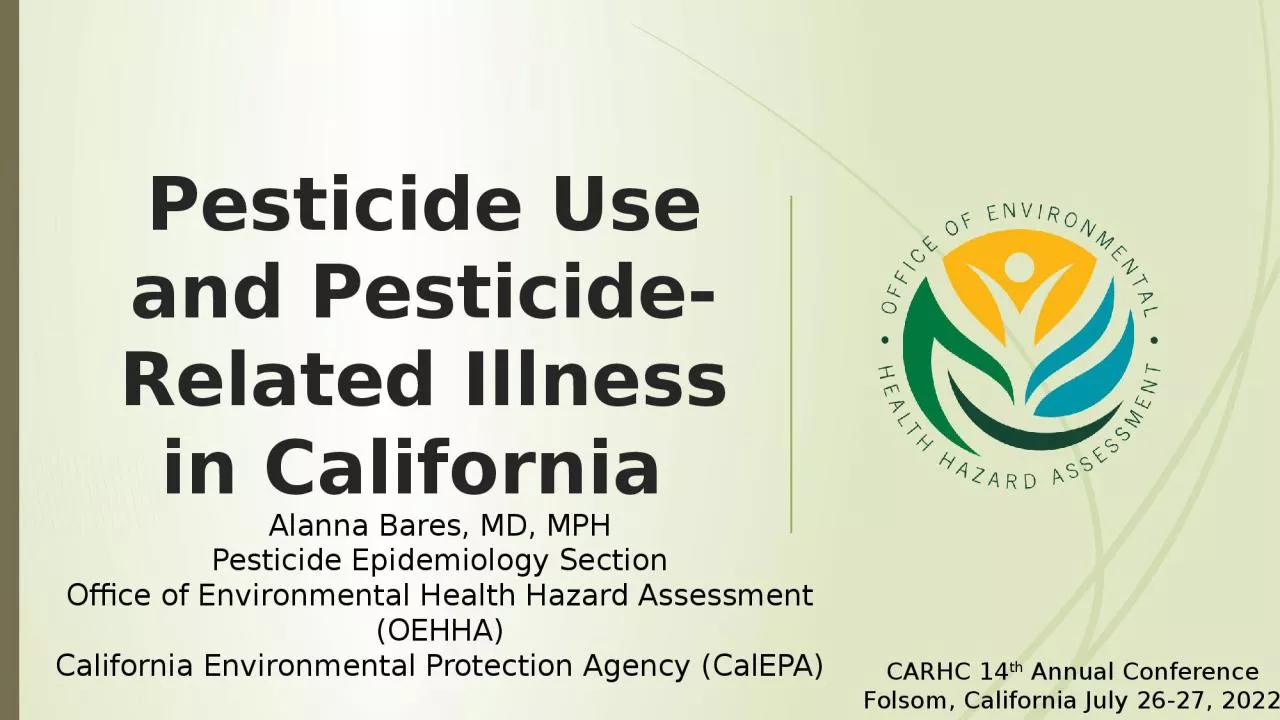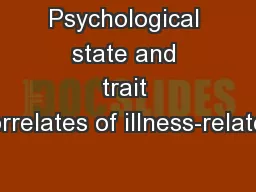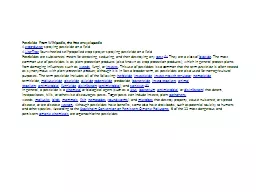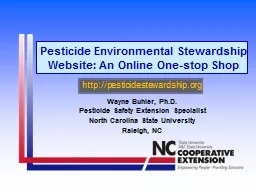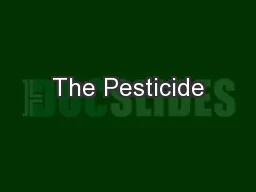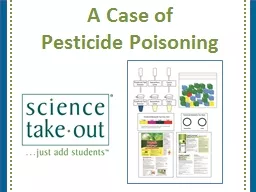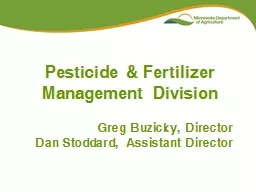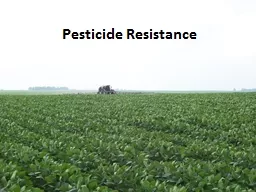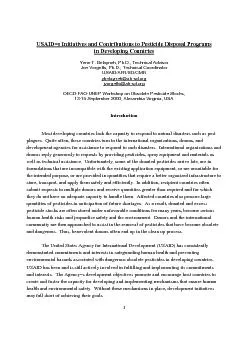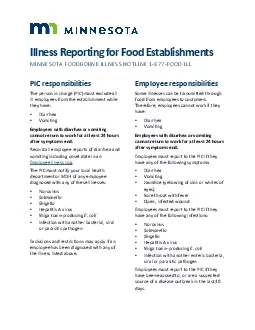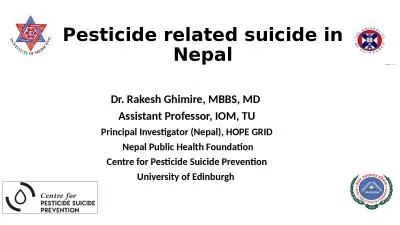PPT-Pesticide Use and Pesticide-Related Illness in California
Author : victoria | Published Date : 2024-01-03
Alanna Bares MD MPH Pesticide Epidemiology Section Office of Environmental Health Hazard Assessment OEHHA California Environmental Protection Agency CalEPA CARHC
Presentation Embed Code
Download Presentation
Download Presentation The PPT/PDF document "Pesticide Use and Pesticide-Related Illn..." is the property of its rightful owner. Permission is granted to download and print the materials on this website for personal, non-commercial use only, and to display it on your personal computer provided you do not modify the materials and that you retain all copyright notices contained in the materials. By downloading content from our website, you accept the terms of this agreement.
Pesticide Use and Pesticide-Related Illness in California: Transcript
Download Rules Of Document
"Pesticide Use and Pesticide-Related Illness in California"The content belongs to its owner. You may download and print it for personal use, without modification, and keep all copyright notices. By downloading, you agree to these terms.
Related Documents

